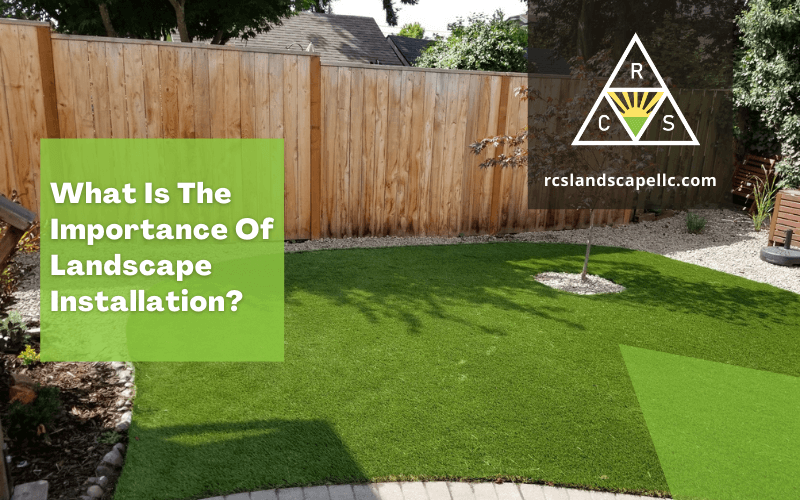The Greatest Guide To Landscape Design
The Greatest Guide To Landscape Design
Blog Article
Not known Factual Statements About Landscape Design
Table of ContentsThe Only Guide to Landscape DesignExcitement About Landscape DesignThe smart Trick of Landscape Design That Nobody is Talking AboutUnknown Facts About Landscape Design
When developing a domestic landscape, one of the most vital step is to place an intend on paper. Creating a master strategy will save you time and money and is more probable to cause a successful style. Landscape Design. A master plan is established with the 'design process': a step-by-step approach that considers the ecological problems, your needs, and the aspects and principles of layoutThe five steps of the design process include: 1) carrying out a website inventory and evaluation, 2) establishing your requirements, 3) developing practical representations, 4) creating conceptual design plans, and 5) drawing a final design plan. The very first three steps establish the visual, functional, and horticultural requirements for the layout. The last two actions after that use those demands to the development of the final landscape strategy.
This is an important step for both plant selection and placement and finding family tasks and functions. It is essential because the very same environment conditions that impact the plantstemperature, moisture, rain, wind, and sunlightalso affect you, the customer. The next action is to make a checklist of your demands and desiresthis assists you determine just how your yard and landscape will be utilized.
The practical representation is after that used to locate the activity areas on the site and from this representation a conceptual strategy is developed - Landscape Design. The last step is a last layout that consists of all the hardscape and growing details that are needed for setup. Throughout the style process there are ten essential points to take into consideration: for plant choice and task area by considering what you desire and require to help determine forms and organize areas by designating activity locations and relating to components for both the environment and the individual by utilizing massing and layering methods such as shift locations and centerpieces in the products, the colors, and the surface area structures for the development and upkeep of plants by utilizing lasting layout practices A complete inventory and evaluation of the site is vital to figure out the environmental conditions for plant growth and the most effective usage of the site
9 Simple Techniques For Landscape Design
The kind of soil establishes the nutrients and wetness available to the plants. It is always best to make use of plants that will certainly thrive in the existing dirt. Although dirt can be changed, change is commonly costly and many times ineffective. Existing greenery can give hints to the soil type. Where plants grow well, keep in mind the soil conditions and use plants with comparable expanding requirements.

Sun/shade patterns, the quantity and length of direct exposure to sunlight or color (Number 1), produce microclimates (occasionally called microhabitats). Recording website conditions and existing vegetation on a base map will reveal the place of microclimates in the lawn. Plants usually come under one or 2 of 4 microclimate categories-full sunlight, partial shade, color, and deep color.
Energies such as power lines, septic containers, underground energies and roof overhangs identify plant area. Make use of a land surveyor's plat of your property for the borders and area of your home.
Some Ideas on Landscape Design You Should Know
Figure out the time and money you are look here eager to put into preserving the plants and hardscape-be sensible concerning your intentions and capacity. Suggested usage areas. Credit History: Gail Hansen, UF/IFAS There are several various landscape design motifs- from basic to complex, however it is practical to choose one to guide your plant and material selection.

Determine if you intend to open your lawn, shut your backyard, or a little of both, to these views. To put it simply, do you desire the yard to enclose the room around you and connect primarily to your house, or do you want the garden to open sights and look external, connecting to the surroundings? This will offer you a starting factor to consider a motif.
7 Simple Techniques For Landscape Design

This is called "local color", which suggests it fits with the surroundings. There are both type styles and style themes. Every garden must have a type theme, however not all gardens have a design theme. Lots of domestic gardens have no certain design other than to mix with the home by repeating details from the style such as materials, color, and form.
In a type motif the organization and shape of the rooms in the backyard is based either on the shape of your home, the form of the locations in between your home and the residential property borders, or a favored form of the home owner. The form learn the facts here now theme determines the form and organization (the format) of the spaces and the links between them.

Report this page